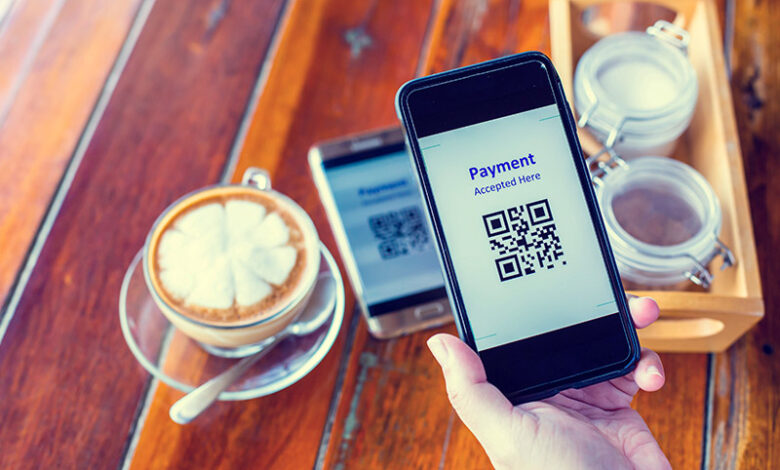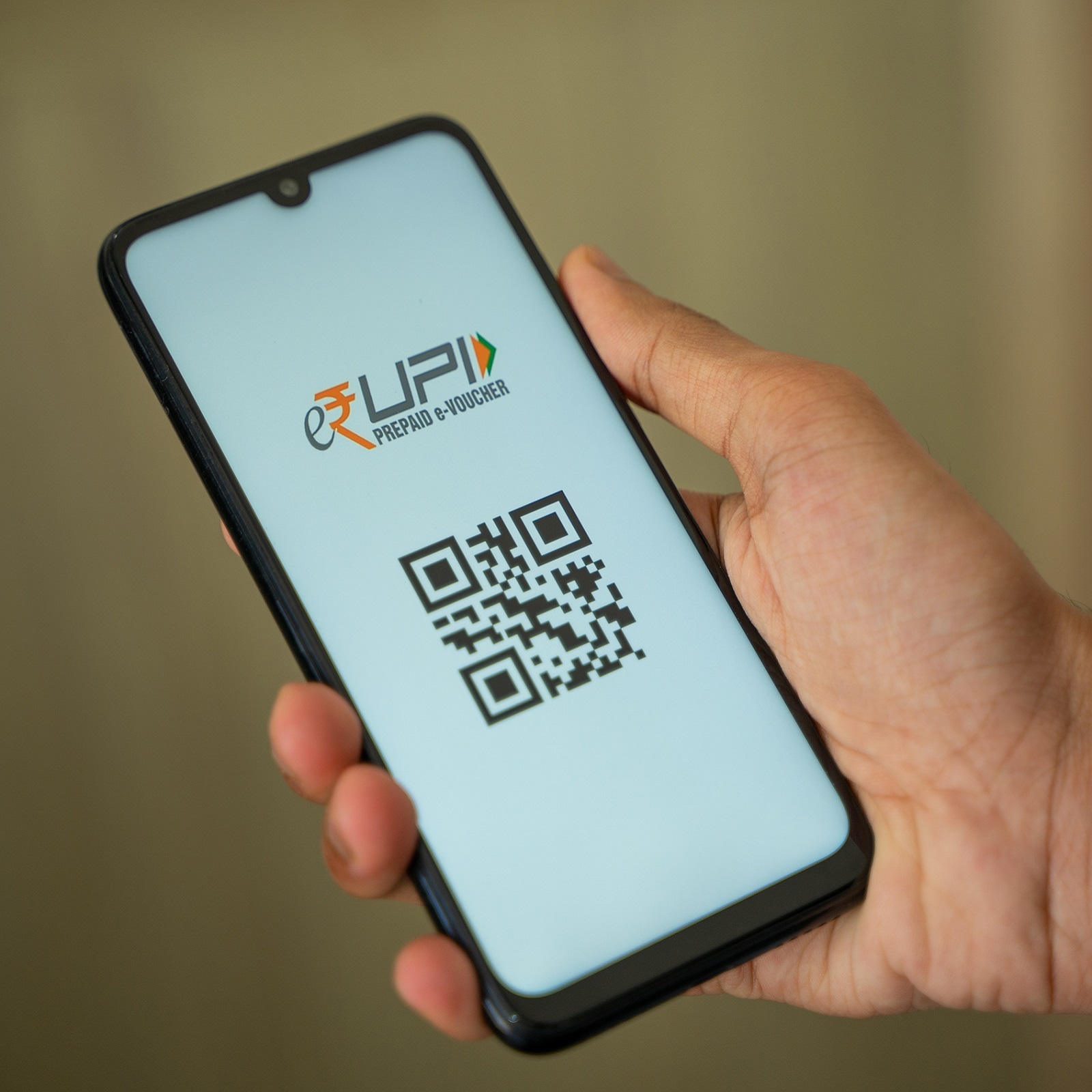Why do Indian banks want a piece of the UPI pie from US card networks like Visa and Mastercard?

Why do Indian banks want a piece of the UPI pie from US card networks like Visa and MasterCard. MasterCard Inc. has protested to Washington about the uneven playing pitch, while New Delhi has paid banks to move to a homegrown alternative. Due to potential violations of local data storage requirements, American Express Co., Discover Financial Services, and Mastercard are facing regulatory implications in the second-most populous nation. Recurring bills for the united states were a catastrophe in view that they preserve failing.
The connection might need to warm up. According to the facts net web page The Morning Context, the Reserve Bank of India is prepared to provide Visa and Mastercard access to the widely utilized online payment system in the country. It’s like giving a kid the door key to a candy store. From large malls to roadside shacks, there are currently 230 million QR codes set up to receive payment. when the country of 1.4 billion people only has 7.3 million point-of-sale devices that swipe cards.
Cellphones have surpassed expensive card readers and plastic in popularity in many underdeveloped countries. Retailers in China experiment with the two-dimensional barcodes generated with the aid of using consumers’ Alipay and WeChat Pay cellular telecellsmartphone applications. Thanks to Paytm, an Indian financial entrepreneur who further lowered the capital need for small businesses, customers scanned the QR stickers on the storefronts and displayed their phone screens after successful transactions. As soon as Paytm unveiled Soundbox, a piece of equipment that could be rented for $2 per month, sellers started receiving audio confirmations.
On India’s Unified Payments Interface, a system that enables rapid, 24/7 bank account transfers, this became the industry standard for QR-code-based settlements.
After beginning from scratch in 2016, the public utility UPI, which runs on smartphones, processed around 13 trillion rupees ($160 billion) in December. People exchanged almost 10 trillion rupees worth of currency with one another. To promote online transactions and give official credit to disadvantaged groups like street vendors, the government pays banks for the remaining 3 trillion rupees of QR-code purchases made at stores.
Credit limitations will be utilized without actual card swipes if the major networks are allowed access to this enormous and quickly expanding market. Since at least some users will choose to borrow money to make purchases rather than spend their own money, this may be a significant concern. Participants in the industry, though, anticipate a response. RuPay, a regional card attempting to compete with American networks, is sponsored by the National Payments Corporation of India, which also runs the UPI system.
RuPay credit cards can now be connected to UPI according to a new RBI decision. Why would NPCI want to quickly give up this growing advantage? More than 600 million cards have been issued by RuPay, however, the majority of them are debit cards. 90% of the country’s credit-card market is controlled by Visa and Mastercard together. Because of the duopoly, the Indian government is concerned.
Today, Washington and New Delhi share a desire to confront Beijing. The alignment could change tomorrow. India must be equipped to lessen the effect if the US attempts to use payment as a foreign-policy tool by copying sanctions against Russia.
RuPay lacks the benefit of developing in a financially secure environment, in contrast to China UnionPay Co., which is exploiting its local strength to expand internationally. Because their Washington lobbyists would pounce, US networks that virtually own the whole open Indian credit-card business won’t suddenly accept less favorable conditions. The banks in India would also be unhappy. To make the rupee a widely accepted means of trade, a more cooperative approach could be required.
Currently, UPI expenditures are deducted from users’ savings accounts. From the user’s standpoint, scanning a QR code is the same as handing over cash to a merchant without having to go to an ATM. However, from a bank’s perspective, deposits are expensive since interest must be paid to account holders. After that, the lender has to go make a spread. But if certain purchases are made using credit cards, the bank that is financing the loan immediately buys a valuable asset and begins hoping that the consumer won’t pay the whole balance.
The bank of the cardholder receives four-fifths of the 2% transaction fee, with the remaining money being split between the bank of the store and the NPCI. Everyone is prosperous. So that all debit transactions can continue to be free even when the government subsidies encourage online payments to expire.
Banks now have a compelling reason to stand with Visa and Mastercard in requesting that NPCI’s gateway be considered a public benefit and that US card networks be permitted to use it just as freely as RuPay. It would not be a terrible idea to restart a now-suspended plan to license new operators if the incumbent raises too many objections. The existing player, however, also has some advantageous developments, such as a prospective affiliation with PayNow in Singapore. The Indian diaspora can now join UPI by utilizing their international phone lines according to NPCI’s decision.
Being exclusive in your approach to payments serves no purpose. Everyone gains as the pie becomes bigger. If a tasty carrot works just as well as a stick when it comes to using credit cards for geopolitics, the stick can wait.
What Does This Mean For The Payments Industry If Visa and Mastercard Soon Enter The UPI Space?
Reserve Bank of India (RBI) may soon let Mastercard and Visa credit cards be linked to the country’s Unified Payments Interface (UPI) payments system. Only a limited number of RuPay credit cards, the card payment system introduced by the National Payments Corporation of India (NPCI) in 2012, is now permitted to be used on the UPI system.
Even though UPI has been available in India since 2016, it wasn’t until recently that the RBI approved the integration of credit cards into the rapidly growing payment system. According to information provided by NPCI, the country of India’s premier payment system handled over 7,400 billion transactions in 2022, totaling close to Rs 126 lakh crore. The rapid adoption of UPI has been crucial to India’s shift to digital payments. It was anticipated that the central bank of India’s October 2022 directive enabling some RuPay credit cards to be linked to the UPI system would expand the use of UPI and boost credit card adoption in India.
The fintech startup In-Solutions Global Ltd (ISG) predicted a 30-fold rise in credit card acceptance in November 2022 after integrating credit cards with UPI. This is because UPI would allow credit cards to be accepted at 21 crore UPI QR payment terminals in addition to the present 70 lakh point-of-sale (PoS) terminals.
With the incorporation of credit cards, the RBI’s action also raises the issue of UPI transactions’ greater monetization potential. The Ministry of Finance views UPI as a public benefit, hence there is little room to monetize UPI transactions. Fintechs and UPI-enabling applications that have made significant investments in creating the UPI QR-based payment ecosystem have been concerned about this.
On UPI transactions backed by debit cards, the payments sector currently receives no merchant discount rate (MDR) or interchange fee—transaction costs imposed by middlemen in payment systems. However, a clause was incorporated in the integration of RuPay credit cards with UPI that states that transactions over Rs 2000 would be subject to MDR, much like ordinary credit card transactions.
Additionally, the credit card company, the UPI app, and any payment service providers engaged in the transaction and settlement process will also have access to this MDR. Fintechs active in the nation’s payment infrastructure will attempt to take advantage of the extra MDR income that will be generated when Mastercard and Visa are integrated with UPI.
For a very long time, Mastercard and Visa dominated the world credit card business. Before NPCI launched RuPay cards, the two companies virtually controlled the Indian card network. In reality, the goal of NPCI’s operations as a non-profit organization is to build an effective domestic payment infrastructure in India that is independent of international companies. 
An RBI limit on adding new customers forced Mastercard to suffer in 2021. This was due to a failure to adhere to national standards for the storage of payment data. The restriction was eventually lifted in 2022, but not before RuPay extended its market share in the card industry. According to estimates, RuPay has a 20% monopoly on the nation’s credit card network. Visa and Mastercard suffered yet another setback when RuPay’s credit cards were granted exclusive access to the UPI network last year. The international card firms would aim to enhance their credit penetration in the Indian market with the anticipated move to incorporate Visa and Mastercard under UPI’s scope.
edited and proofread by nikita sharma




